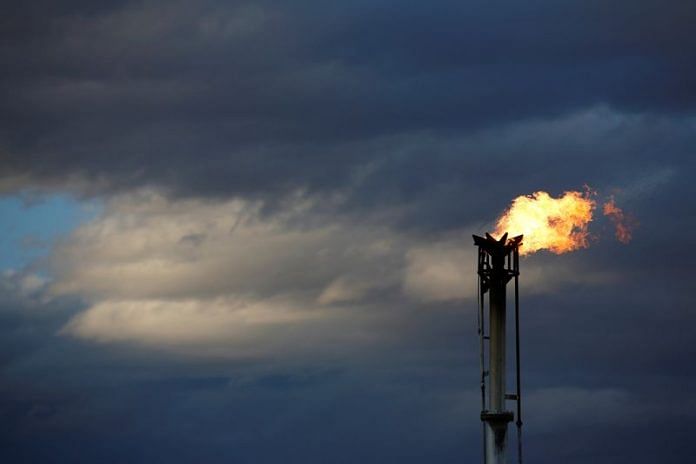By Georgina McCartney
HOUSTON (Reuters) – The Bureau of Safety and Environmental Enforcement (BSEE) rolled out new rules for U.S. offshore drillers on Tuesday, as breakthrough technology enables them to operate under extreme subsea pressures and unlock billions in untapped oil reserves.
BSEE’s final rule comes after Chevron in August started production at its Anchor asset, owned with TotalEnergies, which was the first ever project to operate at 20,000 pounds per square inch (PSI) of pressure, reaching reservoir depths of 34,000 feet (10,363 m).
The new technology could unlock some 5 billion barrels of previously inaccessible crude globally, or about 50 days of current production, analysts have said, but some safety concerns have loomed.
British oil major BP was drilling at 15,000 PSI when a blowout on its Deepwater Horizon project killed 11 workers and spilled 3.19 million barrels of oil into the U.S. Gulf of Mexico in 2010.
BSEE’s final rules apply to projects with more than 15,000 PSI, or temperatures of more than 350 degrees Fahrenheit (177°C).
They add some specific equipment and reporting requirements on new technology projects, and in some cases will require third parties to review some information before submission to BSEE, for projects that will operate offshore in high pressure, high temperature conditions.
“Historically, most oilfield equipment has not been designed to withstand such high pressures and temperatures,” BSEE’s final rule reads. “High-pressure, high temperature-associated operations require the use of equipment that exists at the limits of current technology and lacks a long operational history.”
The latest regulations aim to improve safety and clarity to the industry as it expects the number of ultra-high pressure projects to increase.
BP early next year will begin ultra-high pressure drilling of 20,000 PSI at its Kaskida field in the Gulf of Mexico. The oil major on Tuesday awarded oilfield services firm SLB a contract for a subsea boosting system for the project.
BP greenlighted the Kaskida project in July. The field, which was discovered twenty years ago before the new high-pressure technology existed, has an estimated 10 billion barrels in reserves.
The Gulf of Mexico production accounts for about 14% of U.S. oil output, and will reach 1.88 million barrels per day by the end of 2025, compared with 1.63 million bpd as of September, according to the Energy Information Administration.
Chevron’s Anchor production is expected to hit around 15,000 bpd by the end of the year and rise to 45,000 bpd by the end of 2025, according to Energy Aspects.
The lift in output comes as operators are eyeing lower breakeven costs and lower carbon emissions intensity in deepwater assets compared with shale resources, according to Matthew Hale, senior vice president of drilling wells & research at Rystad Energy.
Deepwater breakeven oil prices average around $40 per barrel globally and emissions intensity is the lowest across major oil supply segments, according to Hale. Breakeven prices in the onshore Permian basin, the top U.S. oilfield, are closer to $50 per barrel, according to Enverus Intelligence.
(Reporting by Georgina McCartney in Houston; Editing by Marguerita Choy)
Disclaimer: This report is auto generated from the Reuters news service. ThePrint holds no responsibilty for its content.





